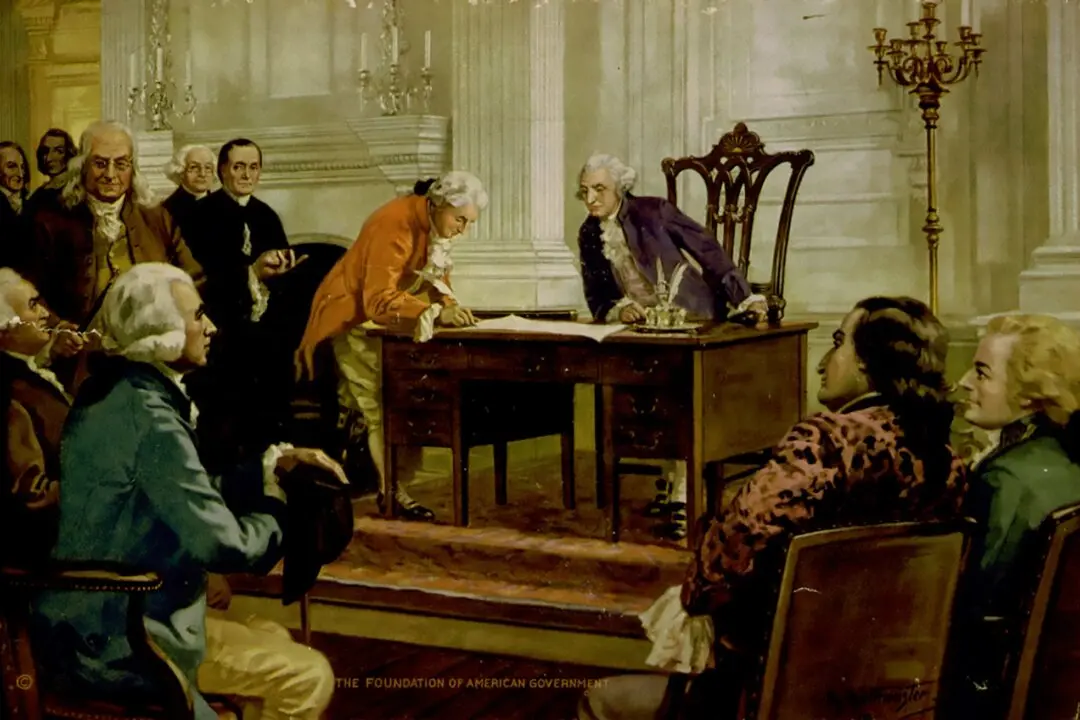“Stand your ground. Don’t fire unless fired upon, but if they mean to have a war, let it begin here.”
Capt. John Parker gave this exhortation to the Minutemen just before the Battle of Lexington, Massachusetts. A war did commence on that April morning in 1775—a revolution that changed the course of history—and the spirit of courage and mission embedded in Parker’s words have guided American soldiers and sailors ever since.






